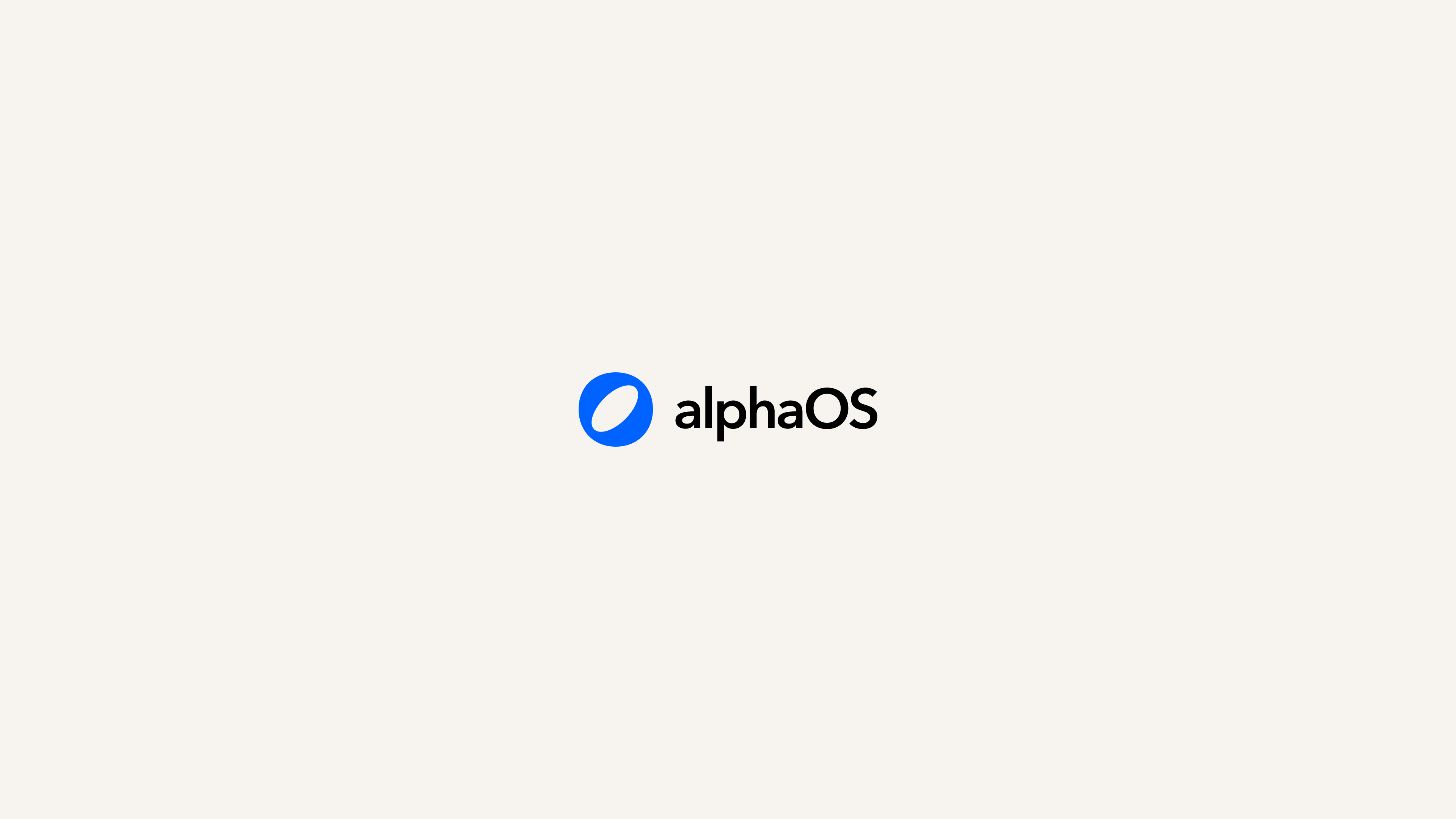Product Management
What is COPE framework and how to use COPE to organize customer feedback
Hope you all had a happy new year 2022! With everything that is going on in the world, one thing that we can be sure of is that Covid is here to stay. With it, it brings new challenges and the promise of remote working situations.
Karthik Kamalakannan / 31 January, 2022

Feedback is a key component of user experience. So much so that nearly 85% of SMEs vouch for the potency of feedback in driving business growth. As a result, it should come as no surprise that the Feedback Economy can generate opportunities worth 3.2B in the UK alone! However, given the wealth of feedback channels available - some as orthodox as email, while others as off-beat as social media - managing and organizing user feedback can be a challenge. The fact remains even if you use a user feedback tool.
Enter the COPE framework. What is it? And how can you make it a part of your product management frameworks? Let’s take a look.
What is COPE Framework?
COPE is an acronym for:
- Capture
- Organize
- Prioritize
- Execute
It details the four main actions that help in extracting value from the user feedback software, followed by using the findings to put the product on the path to continuous improvement.
COPE in Action: How to Make the Best of User Feedback
Let’s dive deeper into each stage of the COPE framework and tie it to user feedback:
Capturing valuable inputs to enhance output
Different users at different stages of the user journey will offer varying feedback. As a result, the feedback captured thus will also have to be captured at different touch-points and segmented accordingly.
The planning and strategizing of this stage can be done by:
- Profiling the users who offer feedback and categorizing these stakeholders based on various parameters, such as duration of association, frequency, etc.
- Using user feedback software to automatically check feedback quality upon entry and only screen in relevant and useful inputs that are worth consideration.
- Researching viable feedback by sharing it with other stakeholders to capture its usability, relevance, and importance from the user-facing end.
- Checking whether the feedback is aligned with the product vision.
Pro Tip: Learn how to gather and analyze user feedback
Organizing user feedback to avoid confusion
Upon capturing relevant feedback, the next course of action is to structure it to make it more digestible. Proper organization can also lend context to the feedback and make it easier for the product manager to work through them.
Here are a few ways to make it happen:
- Creating categories to grant a top-level view of the captured feedback and making it easier to navigate through them.
- Organizing user feedback based on solution-centric, chronological projects rather than vague tags.
- Controlling access to the feedback database by appointing only limited admin accounts in the product roadmap software.
Pro Tip: Know How to Build the Product Roadmap that helps you grow your product
Prioritizing value based on importance
Organizing feedback is just half the battle won, the other half revolves around prioritizing feedback based on different factors. Some of these include:
- Urgency
- Value Addition
- Cost Efficiency
- Complexity
- Relevance
- Time to Implement
Such variables can affect the performance, value proposition, revenue-generation capacity, and other facets of the product. As such, businesses can ascribe priorities to feedback sorted by these parameters and work on them depending on the organizational goals.
Pro Tip: Learn how to gather user feedback from within your product (In-app feedback)
Executing to conform with user expectations
Execution is the backbone of the COPE framework. After all, collecting user feedback is pointless if it amounts to nothing fruitful. Businesses must capitalize on the opportunities highlighted by user feedback by acting on it in the following manner:
- Conduct a team meeting to go over the screened in, high-priority feedback and devise a strategy to address it.
- Plan a sprint planning meet on how to best convert the user feedback into product features, improvements, and bug fixes.
- Execute a sprint session of about two to four weeks for designing, coding, and testing the product upgrades.
- Schedule a sprint review session to evaluate the deliverables and test its impact.
- Communicate the product updates with the users and restart the COPE cycle by capturing new feedback.
What's next for COPE
Listening to users is the quickest way to make them feel valued. It also incentivizes them to share more of such opinions that can improve the product to its best form. COPE is an excellent methodology to manage user feedback and put it to good use. Its cyclic nature makes it possible for businesses to embrace continuous improvement and leverage product-led growth.
Last updated: November 14th, 2023 at 11:07:00 AM GMT+0